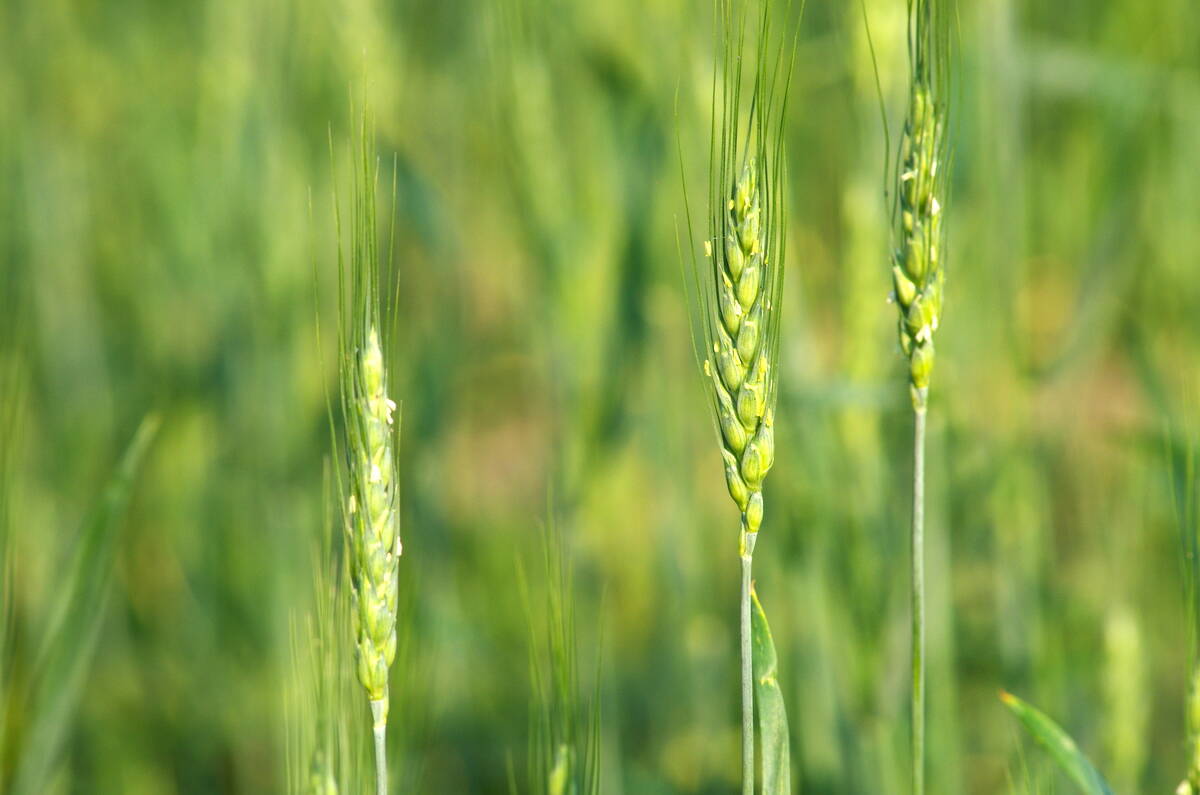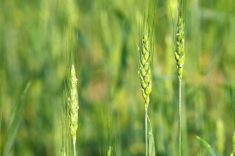CNS Canada –– Corn acres planted in Manitoba this spring aren’t expected to change much from last year, as weaker prices will likely discourage further expansion.
“I don’t think we’ll see a big increase and that’s simply just because the price of corn wasn’t quite as attractive as it was twelve months ago,” said Myron Krahn, president of the Manitoba Corn Growers Association at Carman, Man. “I would think we’ll see a few per cent up or down from what we were last year, but no major change like we saw out of 2012 into 2013.”
Read Also

California researchers create nitrogen-fixing wheat
U.S. crop breeders have created a wheat variety capable of creating its own nitrogen fertilizer.
Last spring, farmers in Manitoba planted 380,000 acres of corn, up from the 300,000 acres planted in 2012-13, Statistics Canada data shows.
Currently, cash prices for corn in Manitoba are “just OK,” said Krahn, adding that they’re just around break-even for most producers.
Manitoba cash prices follow the Chicago Board of Trade corn futures market, which closed Thursday at US$4.85 per bushel in the May 2014 contract. That compares with a year ago, when the most active futures were trading above US$7/bu.
The decision whether or not to plant corn for Manitoba farmers is mainly price-driven because it’s an expensive crop to grow, said Krahn. But other factors may influence producers’ decisions, such as spring weather conditions.
Right now, farmers aren’t too worried about all of the snow lying in fields across the province, but that may change if it doesn’t start to melt soon.
“If we get into April and we still have this much snow lying around that will indicate to producers that we’re going to be seeding later than desired,” said Krahn.
If seeding gets too late, and farmers aren’t able to plant corn by the end of May, they may decide to switch to another crop, he said, adding that once you get into June, you start to lose yield potential.
The cost of fertilizer this spring may also deter some people from planting corn, as the price has gone up since last fall.
“Producers who haven’t bought their fertilizer early are certainly going to be paying top dollar for their fertilizer supplies this spring,” Krahn said.
Soil moisture levels were dry heading into the winter freeze up, but a drier spring would be welcomed by farmers, said Krahn.
“Fighting the muck in spring seems to be an annual event, so if it’s a tad on the dry side, I think guys will be happy, as long as the rains come after,” he said.
— Terryn Shiells writes for Commodity News Service Canada, a Winnipeg company specializing in grain and commodity market reporting.















